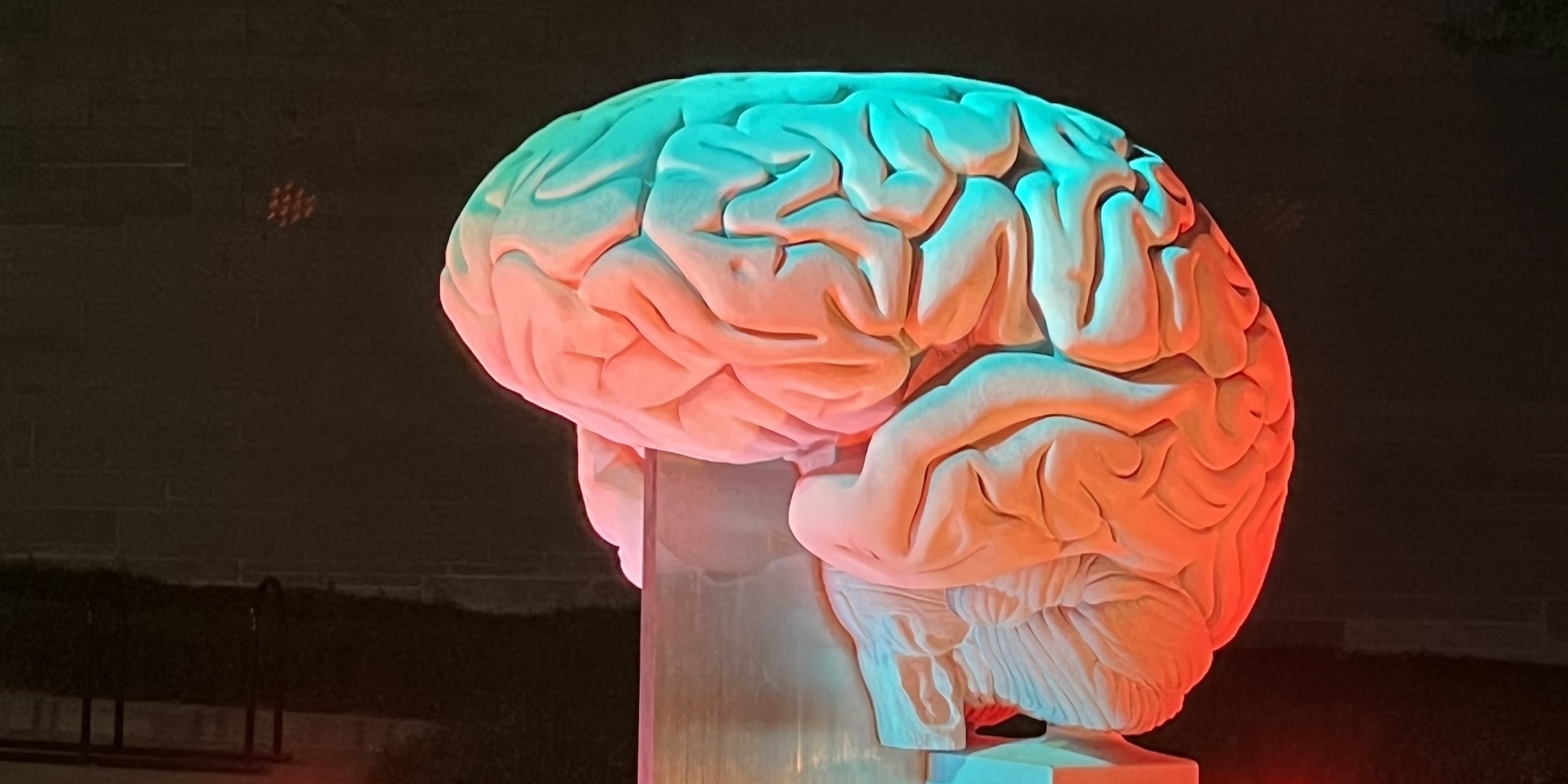Research in the PANLab examines the role of sensory systems in producing environment-appropriate actions, what most people call decision making. Sensory processing is ubiquitous in our interactions with the environment, is performed with extreme efficiency, and forms the basis for many of our routine daily decisions and actions. The questions in my lab have ranged from how sensory modalities are integrated to how sensory evidence accumulation contributes to decisions and actions to the contribution of sensory systems to reward processing. More recently, we are examining these questions in semi-naturalistic environments and asking questions about conflict, risk, and learning. Theoretically, we are interested in how behavior is used to control one's environment and how that is accomplished by using perception as a guide. We largely use fMRI as a method, but through collaborations have also used psychophysics, reaction time, self-report, EEG, and TMS. We also examine task-based changes in functional connectivity as a way to understand brain function.
Evidence Accumulation: A pervasive idea in cognitive science is that decisions are the result of a comparison of sensory data/evidence that is accumulated over time until reaching an evidence threshold. Findings from both neurophysiology and neuroimaging now suggest that the brain solves the problem of perceptual decision-making using a similar accumulator mechanism. Using accumulators as a framework, the PANLab seeks to understand how the brain processes sensory evidence to understand the environment and ultimately take appropriate action.
Sensorimotor mechanisms of cognition: A principle in the PANLab is that Aristotelian functions like memory, attention, reward, fear, salience, reasoning, planning, executive or others, are outdated. Behavior, including cognition, should be explained with reference to how sensory data is used to produce actions that control our environment. Perceptual phenomena are not the end-goal of the brain, only a stage in the action cycle (or sometimes not even that, quite possibly an epiphenomenon). Sensory systems are not passive and whenever possible, should be studied in active, closed-loop settings.
Semi-naturalistic environments: There is a tradeoff in behavioral science between ecological validity and experimental control. When appropriate for the research question, we use video-game-like environments to increase validity. Like the real world, video games are closed-loop and interactive, include other agents, and ellicit motivated behavior. Less-constrained environments challenge assumptions about the definitions of decisions, choices, and actions.
Perceptual control theory: Based on the work of William T Powers and his adherents, behavior of living organisms is modeled as hierarchical negative feedback (control) systems. A key tennet is that living organisms attempt to control their environment, rather than just react to it like non-living things. The linear cause-effect understanding of behaviorism and the cognitive revolution that was developed by early physicists to understand the "behavior" of non-living things gives way to circular cause and effect that is generated by negative feedback systems. The hierarchical architecture places the reference input inside the living organism, which is different from engineered control systems, which require input from an outside operator.


